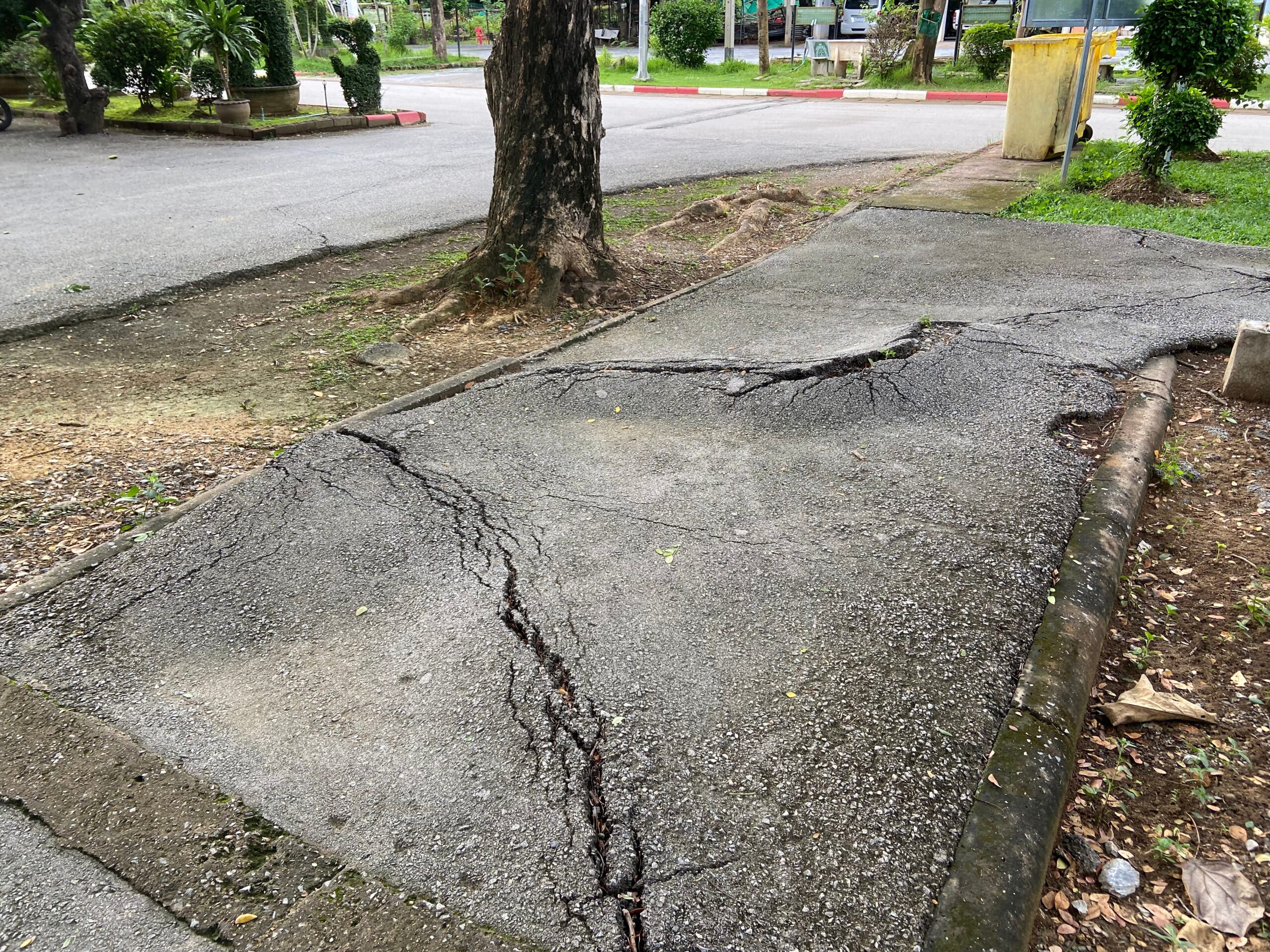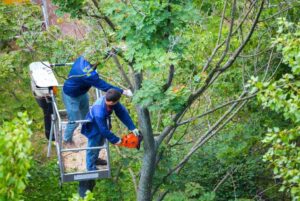Sidewalk Damaged by Tree Roots: A Complete Guide to Fixing, Complaining, and Understanding Responsibilities
Sidewalks are essential to urban infrastructure, providing a safe path for pedestrians. However, tree roots can cause significant damage to sidewalks, creating hazards and expensive repairs. This article provides a comprehensive, step-by-step guide on addressing sidewalk damage caused by tree roots, understanding who is responsible, and how to file complaints. It also includes a table with helpline numbers for the top 20 cities in the U.S. for reporting sidewalk damage.
1. Introduction
Sidewalk damage caused by tree roots is a common issue in many urban and suburban areas. Tree roots, as they grow, often expand and push up against concrete or asphalt sidewalks, resulting in cracks or uneven surfaces. These damaged sidewalks can pose a danger to pedestrians, leading to trips, falls, and even liability concerns.
Understanding how to address this issue, who is responsible for repairs, and how to properly file a complaint with your local government is crucial for maintaining safe walkways in your community.
2. How Tree Roots Damage Sidewalks
Tree roots spread out in search of water and nutrients. As these roots expand horizontally beneath the surface, they often encounter hard surfaces like sidewalks. The force exerted by growing roots can cause cracks, lifting, and uneven slabs. In areas with large or older trees, this issue is especially common, and failure to address it can lead to further damage over time.
Common signs of sidewalk damage from tree roots:
- Visible cracks
- Sidewalk sections pushed upward
- Uneven or slanted slabs
- Disjointed sidewalk sections
3. Who Is Responsible for Damaged Sidewalks?
Responsibility for fixing sidewalk damage varies by city or municipality. Generally, there are two main parties that might be held accountable:
- The Property Owner: In many U.S. cities, the homeowner or property owner adjacent to the damaged sidewalk is responsible for its maintenance and repair. This means they are liable for fixing any issues and ensuring the sidewalk is safe for public use.
- The City or Municipality: In other cases, the city or local government may be responsible for repairing sidewalks, especially if the tree causing the damage is in a public right-of-way.
It is essential to check with your local government or municipal code to determine who is liable in your area. Cities typically have ordinances that clarify sidewalk maintenance responsibilities.
4. Steps to Fix a Sidewalk Damaged by Tree Roots
If you are responsible for repairing a sidewalk damaged by tree roots, follow these steps:
Step 1: Assess the Damage
Examine the extent of the damage. If the cracks are minor or limited to one or two slabs, you may only need to replace a small section. For extensive damage, a complete sidewalk replacement may be necessary.
Step 2: Contact an Arborist
Before removing or cutting any tree roots, consult with a certified arborist. Tree roots are vital to the health of the tree, and cutting too many roots can lead to the tree’s decline or death. The arborist can help assess the situation and recommend the safest approach.
Step 3: Obtain Permits (If Necessary)
Many cities require permits before making changes to sidewalks or removing tree roots, especially if the tree is on public property. Check with your local government to determine if a permit is needed.
Step 4: Choose the Repair Method
You have a few options for repairing the sidewalk:
- Concrete Grinding: For minor lifting, the raised portion can be ground down to create a smooth surface.
- Tree Root Barrier Installation: This involves cutting the problematic roots and installing a barrier to prevent future growth under the sidewalk.
- Sidewalk Replacement: If the damage is extensive, replacing the sidewalk slab is often the best option. The contractor may reroute or prune the roots before laying the new concrete.
Step 5: Hire a Contractor
Once you’ve assessed the damage and determined the repair method, hire a qualified contractor to perform the work. Ensure they follow all city codes and ordinances.
Step 6: Prevent Future Damage
To prevent future root damage:
- Install a root barrier during the sidewalk repair process.
- Consider tree species that have less aggressive root systems when planting near sidewalks.
- Regularly inspect the sidewalk for early signs of damage.
5. How to File a Complaint for Sidewalk Damage
If the tree and sidewalk are on public property, or if your city is responsible for sidewalk repairs, you can file a complaint to have the issue addressed.
Step 1: Document the Damage
Take clear photographs of the damaged sidewalk, focusing on any cracks, lifted sections, or hazards that pose a risk to pedestrians.
Step 2: Gather Information
You’ll need to provide your local government with details, such as:
- The exact location of the damaged sidewalk (address or nearest intersection)
- A description of the damage
- Information about any recent accidents or injuries caused by the damaged sidewalk
Step 3: Contact Your City’s Public Works Department
Most cities have a public works department responsible for infrastructure repairs. You can typically file a complaint online, over the phone, or through a mobile app. Be sure to keep a record of your complaint, including any reference number provided.
Step 4: Follow Up
After filing the complaint, follow up with the city if you don’t receive a response within a reasonable timeframe. Some cities have specific timelines for addressing these issues, but in others, repairs can take weeks or months.
6. Top 20 Cities’ Helpline Numbers for Reporting Sidewalk Damage
Here’s a list of helpline numbers for reporting sidewalk damage due to tree roots in 20 major U.S. cities. Use these numbers to contact the appropriate department in your city for assistance.
| City | Helpline Number |
|---|---|
| New York, NY | 311 |
| Los Angeles, CA | 311 |
| Chicago, IL | 311 |
| Houston, TX | 311 |
| Phoenix, AZ | (602) 262-6011 |
| Philadelphia, PA | 311 |
| San Antonio, TX | (210) 207-6000 |
| San Diego, CA | (619) 527-7500 |
| Dallas, TX | (214) 670-3111 |
| San Jose, CA | (408) 794-1900 |
| Austin, TX | 311 |
| Jacksonville, FL | (904) 630-2489 |
| Fort Worth, TX | (817) 392-1234 |
| Columbus, OH | 311 |
| Charlotte, NC | 311 |
| San Francisco, CA | 311 |
| Indianapolis, IN | (317) 327-4622 |
| Seattle, WA | 206-684-ROAD |
| Denver, CO | 311 |
| Washington, D.C. | 311 |
7. Conclusion
Sidewalks damaged by tree roots are a common and often costly problem. While property owners may be responsible for repairs in some areas, others may fall under the city’s jurisdiction. Taking proactive steps to address sidewalk damage, filing complaints where necessary, and understanding local regulations can help ensure pedestrian safety and maintain your community’s infrastructure.
If you find yourself dealing with this issue, use the helpline numbers provided to contact the appropriate department in your city and take the necessary steps to ensure a safe and walkable environment for all.






